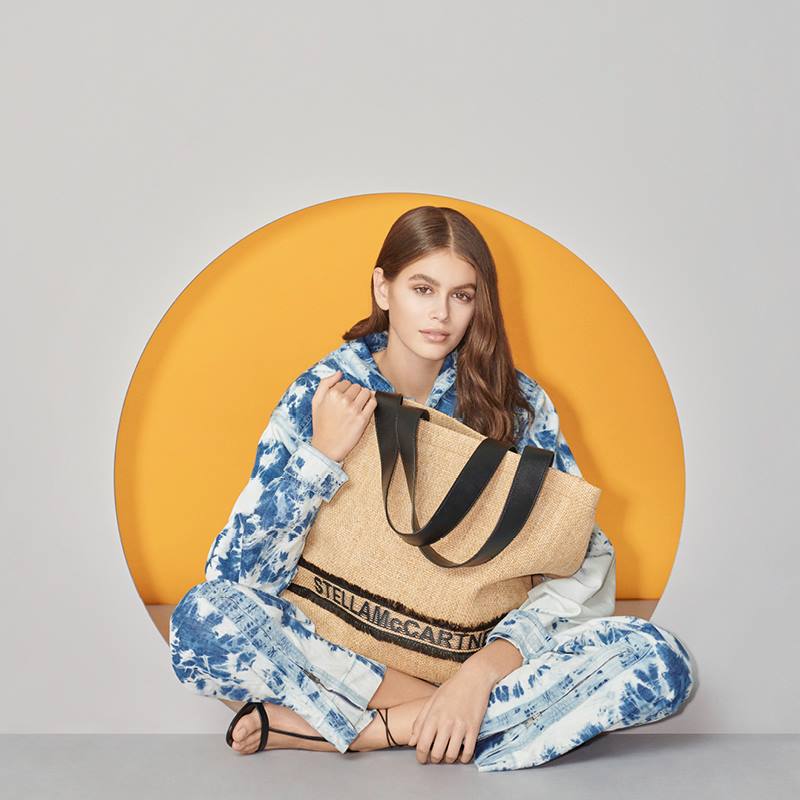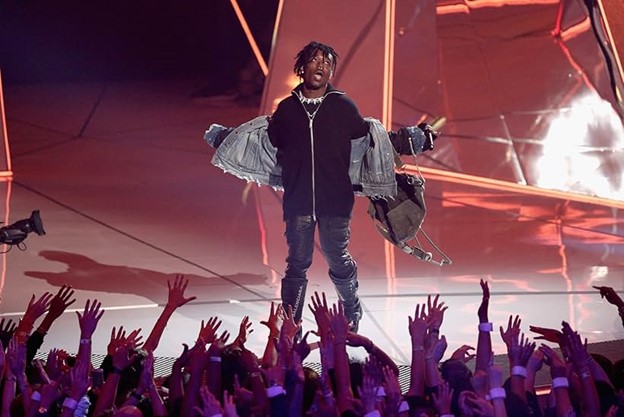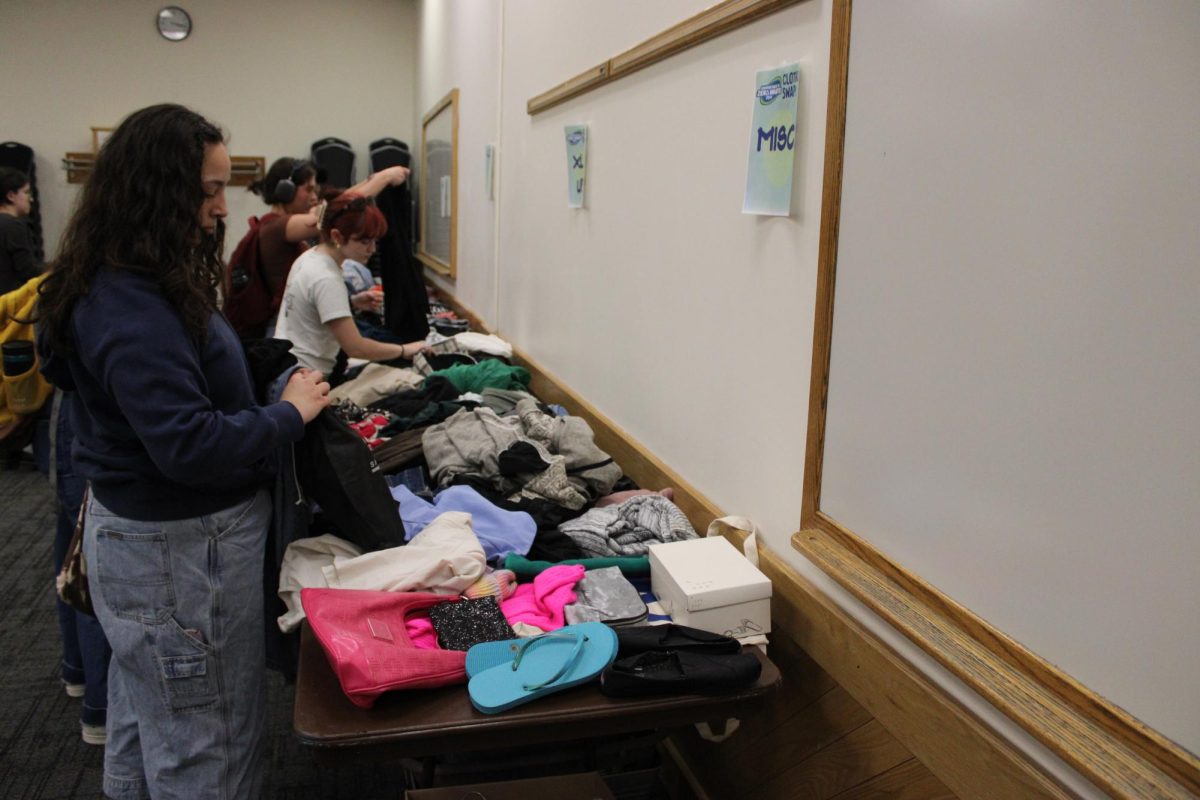Fashion is a way that every person can express themselves daily. It gives us a chance to get creative and design the image we want to present to the world. What you wear can influence your energy and mood for the day, so it’s nice to feel like you have several trendy clothing options in your closet. However, when out shopping and making clothing choices, what often goes neglected is the huge amount of waste caused by the fashion industry.
As college students, I assume most people don’t have huge amounts of money to blow on expensive clothing. Instead, we turn to fast fashion retailers, such as Forever 21 and H&M, to keep up with the newest trends. But, because trends change so quickly, the turnaround for the clothing in these stores is high. When these clothes, made up of mostly plastic and other unrecyclable materials, are thrown away, they fill landfills with textile waste.
It is important to consider how you are impacting the planet when you buy new clothes and throw away the old ones. But this is where a challenge arises: there is the desire to constantly buy new clothing to stay up to date on what is “in,” but all of the sustainable options for fashionable clothing are way out of most college students’ price range. The attraction to the fast fashion retailers is that they offer cheaper versions of trends seen on the high fashion runways by using cheaper materials to make their clothes. However, these materials can be extremely detrimental to the environment, and as you rapidly buy new clothes and throw out what is no longer in style without thinking about the consequences, you are contributing to the textile waste problem.
To put it in perspective, the fashion industry produces 20 percent of global wastewater and 10 percent of global carbon emissions. Some of this waste comes from the disposal of the clothing, and some also comes from the making of the clothing, such as chemicals used to dye the textiles. Also, up to 95 percent of textiles that end up in landfills could have been recycled.
Some companies in the fashion industry are responding to this issue by designing clothing made with materials that can be recycled. The popular brand Patagonia is well-known for its sustainable style, saying “among the most direct ways we can limit ecological impacts is with goods that last for generations and can be recycled so the materials remain in use.” The issue is this brand does not have the same appeal of trendy new clothes, and it can be too expensive for many people. Several luxury fashion brands, such as Stella McCartney, Vivienne Westwood and Ferragamo, are using the promise of eco-friendly clothes as a way to attract more buyers into investing in high-end fashion. However, I know personally that as much as I would love to invest in the high-end, sustainable clothing that these brands have to offer, I do not have that kind of money to spend. When I see those brand names while shopping, I immediately move on because I know I cannot afford to spend over $100 on a simple T-shirt.
But, if you are looking to help protect the environment while still being able to wear cute, stylish clothes, there is a budget-friendly solution: thrifting! Buying second-hand clothing is sustainable and affordable and you can often find a lot of really fun, hip pieces in thrift stores. By purchasing second-hand clothing items, you are helping decrease the amount of clothing that ends up in landfills, reducing the amount of carbon emissions produced by the fashion industry.
Also, instead of throwing away your old clothes, donate them! That way, you become a part of a healthy cycle of recycling your old clothes, while buying the clothing someone else has recycled.
You can often find many fashionable things at thrift stores that you wouldn’t be able to find in a fast fashion retail store, and it really allows you to create a unique style for yourself. You can even find some really cool vintage second-hand pieces that can add some old-school flair to an outfit. And like they say, trends always come back around.
If you are new to thrifting and need some help on where to start, there are many ways to do it. You can always look to sites where people sell second-hand clothing such as Poshmark or you could get the app relovv, which allows you to sell and buy clothes.
You could also go to one of the many thrift stores near the University of Massachusetts. There is a Goodwill on University Drive, right near CVS and on the bus route, so it’s easy to get to. There are also several thrift shops and consignment stores in Northampton, if you want to have a day out with your friends and do some eco-friendly shopping.
It’s easy to succumb to the appeal of fast fashion, and think that your disposal habits of clothes won’t make a difference. However, it takes just one person to start making a change in their habits to spark more change that eventually will lead to a healthier planet and a brighter future.
Nicole Bates can be reached at [email protected].



















